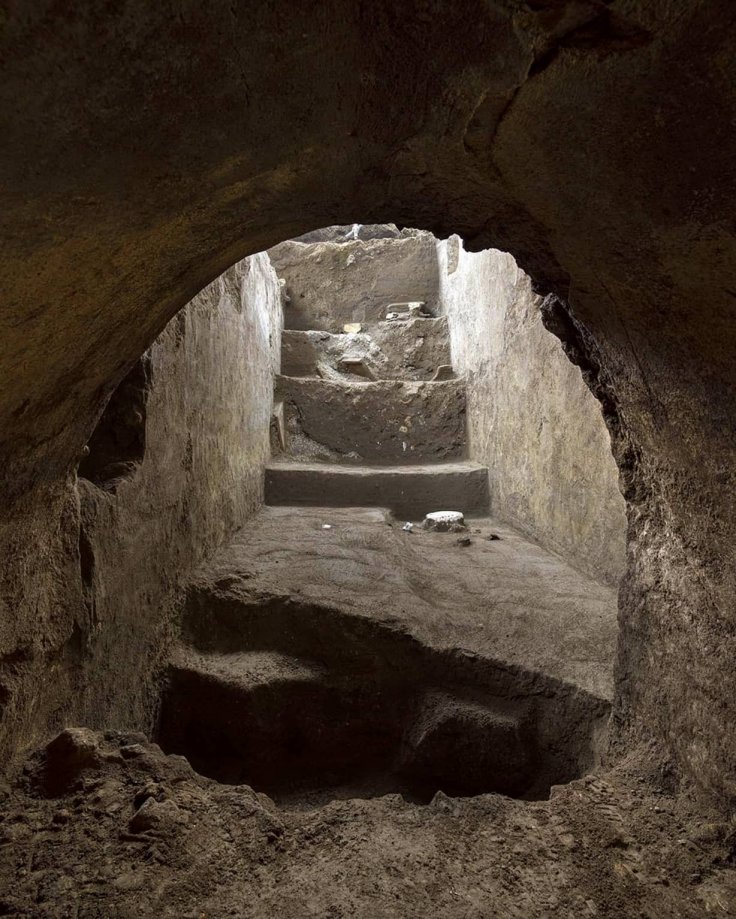Archeologists recently discovered a partially mummified skeleton of a former slave in the ancient Roman city of Pompeii, according to the Daily Mail. Experts are equally surprised and shocked with the discovery and have described it as "best-preserved human remains".
According to reports, experts have found white hair and an undamaged part of an ear, along with bones and fabric fragments in the skeleton, which were discovered in a tomb in the necropolis of Porta Sarno in Itlay.
The remains are believed to be of a former slave Marcus Venerius Secundio, who worked his way to the top and became wealthy by organizing theatre performances in Greek.
Archeologists have found the discovery unusual as the bodies of adults were cremated, rather than buried during Roman times. However, it depicts the cultural life of Pompeii before it was destroyed by the Mount Vesuvius' eruption in AD79. Encryption in Greek and Latin language on a marble slab has also been surfaced during the discovery, experts said.
Reports stated that experts are trying to learn more about the tomb, the man it belonged to, and other necessary information from the available records. They believe that Marcus might have tried to escape from the pyroclastic flow as the tomb dates back to the decades before the city was destroyed in the volcanic eruption.
Researchers claimed that the tomb had a concrete enclosure, showing green plants on a blue background painted outside the tomb.
Dario Franceschini, Itlay's Minister of Culture, has appreciated the researchers for the discovery and expressed his amazement for the same. Pompeii city has a place in the history for its research and archaeological sites, and is considered a role model internationally, he added.
He also thanked other professionals who are readily involved in making unusual discoveries in the field of cultural heritage and bringing pride to the nation.

What Happened to Pompeii?
According to experts, Pompeii was destroyed in 79 AD by the pyroclastic flows, dense clouds of hot poisonous gas, and avalanches of rocks that erupted from Mount Vesuvius. While people rushed for their lives, hot lava streams and ashes buried victims and entombed them.
The pictures of the discovered mummy were shared in the official Twitter account of the Archaeological Park of Pompeii, Pompeii Sites.









